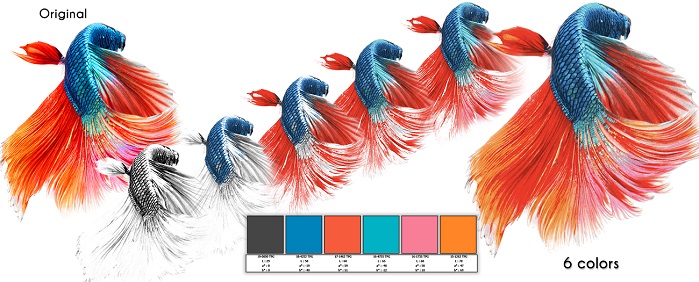

We can imagine a variety of dimension 4 if we also consider time in a physical dimension 3 space. Thus, a curve has dimension 1, a surface has dimension 2, and our environment has dimension 3. Intuitively, the dimension of a space is understood as the maximum number of independent directions or coordinates. Not all spaces allow for the same phenomena: dimension plays an important role. A space is the place where physical phenomena occur, where points move following the laws of physics. In order to understand the context of the conjecture, let us first analyse some basic concepts. The theoretical physicists David Thouless, Duncan Haldane, and Michael Kosterlitz received the Nobel Prize in 2016 for their applications of topology to quantum physics in these new materials and this award brought this mathematical discipline to the foreground. the topological structure which remains after deformations in the material. These properties are due to their shape, i.e. These are new types of materials that insulate on the inside but are very good conductors on the outside. This branch of mathematics, widely known and used by theoretical physicists, was not fairly valued by general science until the recent discovery of topological insulators. We could say that the artist Salvador Dalí acted as a topologist when he painted his melting clocks. But a ball is topologically different from a tyre or a metal nut, because these latter objects have a central essential hole. Its size does not matter either it is a sphere whether it is used in rugby, tennis, table tennis, or football. For a topologist, a hollow sports ball is still a sphere, independently of how inflated it is. We can say that in topology two objects – topological spaces – are equivalent or homeomorphic when one can be obtained from the other through a continuous deformation, that is, when there is a biunivocal and bicontinuous correspondence between them. This original idea was the fruit of a mind with an extraordinary ability for spatial abstraction. It is a type of soft geometry, rather than a rigid one. Its creator, the French mathematician Jules Henri Poincaré, called it « analysis situs» and it is the field of mathematics that characterises some of the qualitative properties of objects, those that remain after continuous deformation, that is, those that are smooth, without breaking points, cuts, or identifications.

The Poincaré conjecture is framed within one of the most abstract branches of mathematics, topology. Initial framework of the conjecture: topology

In fact, Hamilton received the prestigious Clay Research Award in 2003 for the discovery and development of the Ricci flow, one of the most powerful tools in geometric analysis. Perelman’s solution is based on ideas of Richard Hamilton and uses the Ricci flow, which employs differential equations to connect curvatures with the metric’s variation.
POINTCARRE BE VERIFICATION
The third text, which assumes the essential results of the other two, offers a direct verification of the Poincaré conjecture. The two first texts, together with his unpublished work as well as the work, published after 2003, of other mathematicians, proved the conjecture of geometrisation. Perelman announced in three preprints, published between 20 in the open access database arXiv, the solution to the Thurston geometrisation conjecture, which contains the Poincaré conjecture as a particular case. Four years before, Perelman had been awarded a Fields Medal at the International Congress of Mathematicians held in Madrid in 2006, for his contributions to geometry and his revolutionary vision of the analytical and geometric structure of the Ricci flow, but he did not accept his Fields Medal or his millennium prize. On 18 March 2010, the Clay Mathematics Institute announced a prize of one million dollars for the Russian mathematician Grigori Perelman. The Poincaré conjecture is the only millennium problem that has been solved so far.


 0 kommentar(er)
0 kommentar(er)
